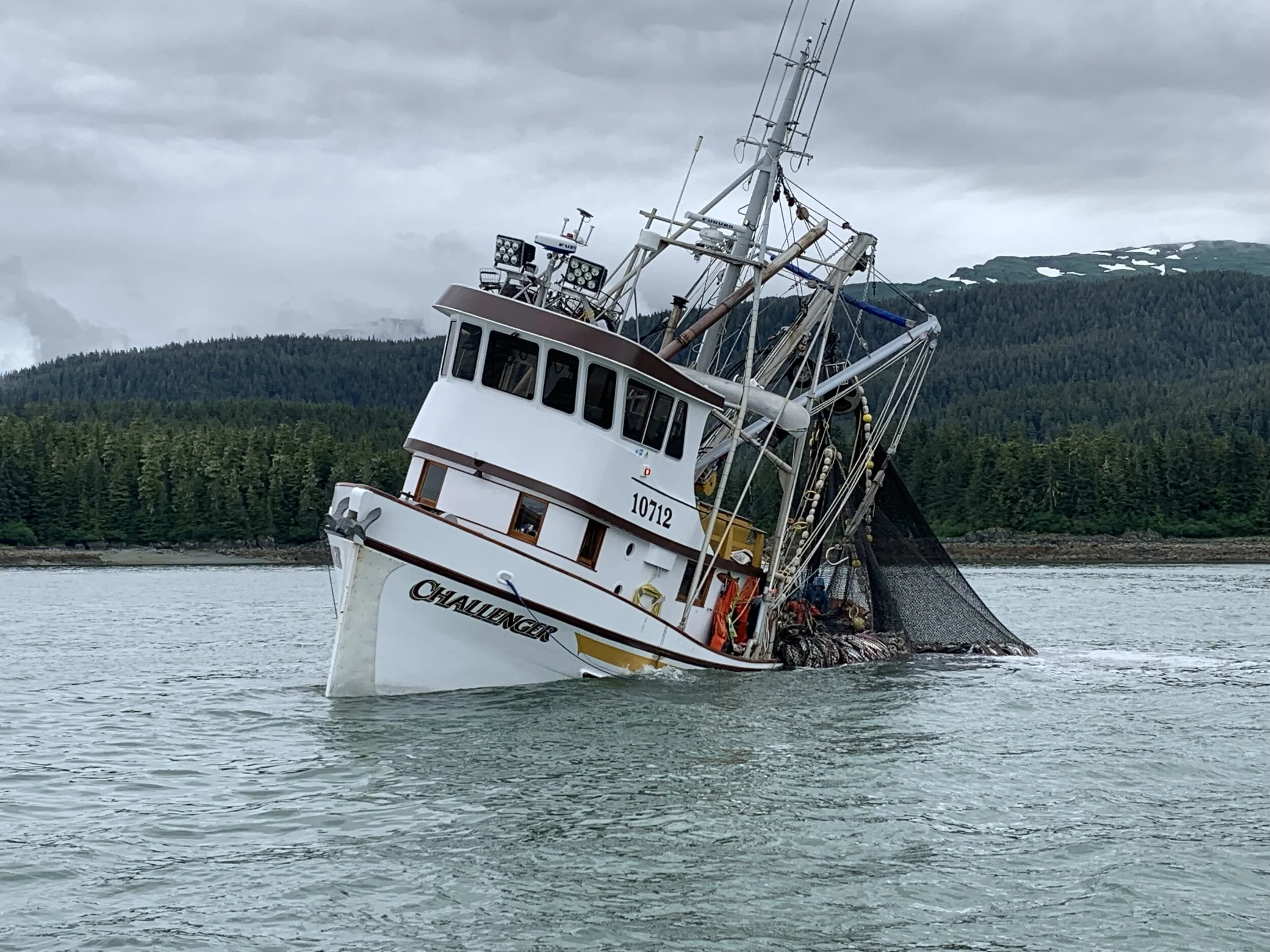Corporate Mission Statement:
The goal of Douglas Island Pink and Chum, Inc. is to sustain and enhance valuable salmon resources of the State of Alaska for the economic, social, and cultural benefit of all citizens, and to promote public understanding of Alaska's salmon resources and salmon fisheries through research, education, and tourism.
About the Corporation:
In 1974 the Alaska State Legislature and Governor authorized the Department of Fish and Game to issue permits to private non-profit (PNP) salmon hatcheries for the purpose of enhancing the state's common property fisheries. The concept of PNP hatcheries refers to a unique program in Alaska that allows private non-profit corporations to own and operate salmon hatcheries for improving the harvests of salmon. In 1976, the State Legislature established a revolving loan fund through the Department of Commerce and Economic Development specifically for providing grants and loans for hatchery planning, construction, operation, and implementation of fisheries enhancement and rehabilitation activities.
Douglas Island Pink & Chum, Inc. (DIPAC) was formed in 1976 by a group of Juneau residents responding to this legislation and our community's depleted fisheries resource. The Kowee Creek Hatchery was formed in 1976 as the first "Mom and Pop" hatchery in the Juneau area, Sheep Creek hatchery was added in 1980, and after significant returns and a positive contribution to local fisheries, the Macaulay (formerly "Gastineau") Salmon Hatchery project was considered by our local state legislators. Through their efforts and local community support from Haines and Juneau, the Macaulay Salmon Hatchery and its various salmon enhancement programs became a reality for the Juneau community in 1989. In July 1996, DIPAC took over the operations of the Snettisham Hatchery located 30 miles south of Juneau.
DIPAC operates as a business through a cost recovery program whereby state permits allow PNP hatcheries to harvest a certain portion of the returning fish to generate revenue to cover operational costs. DIPAC's goal is to contribute 70% of its production to the common property fisheries and 30% of production to the cost recovery harvest.
DIPAC is currently governed by a Board of Directors consisting of 25 seats as follows: 12 commercial fisherman (4 power troll, 4 purse seine, 4 gillnet) and 13 interested public.
DIPAC currently incubates, rears and releases four species of Pacific salmon; chum, Chinook, coho and sockeye. The chum and sockeye species are produced primarily for the commercial fleets, whereas the Chinook and coho were initially produced for the Juneau and Haines sport fishing fleets. Since the mid 1980's, DIPAC has relied on chum production as the primary source of cost recovery income. The coho program has contributed to both sport fishing enhancement efforts as well as DIPAC's own cost recovery requirements. DIPAC harvests a portion of the sockeye production as well to help pay for operating costs.

